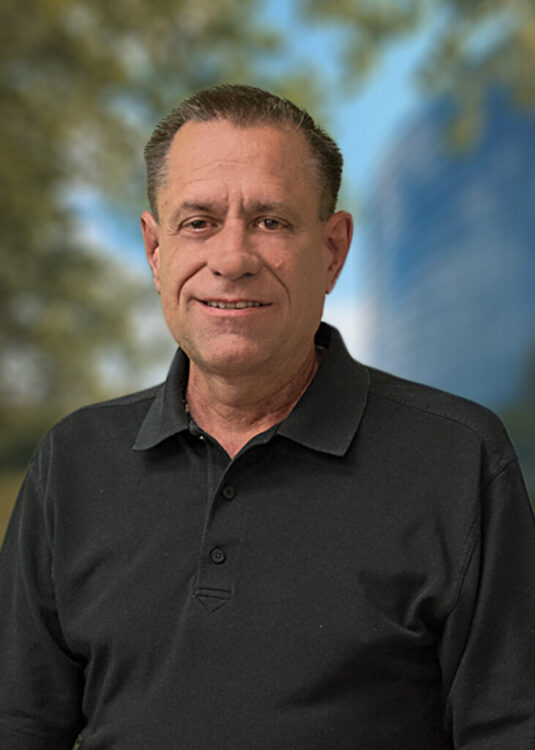From California Wildfires to the Ogallala Aquifer, the Earth is Speaking
Smoke in the Air Reminds Us to Conserve Precious Resources
As the blue skies of Kansas recently turned hazy with the smoke of distant wildfires, the reality of the drought that is ravaging the western states – particularly California – hit home. The American West is dry as tinder and California has experienced drought conditions for nearly all the past two decades.
Wildfires are a natural occurrence, especially in the West. But the damage they do is greatly intensified by the drought conditions that show no signs of abating. Entire towns have been wiped out in recent years, not to mention the loss of timber and wild grasses that are essential for erosion control.
Kansas Not Immune
What does this have to do with agriculture and Kansas? Everything. We are not immune to the devastation the West is experiencing. The ongoing depletion of the Ogallala Aquifer subjects midwestern farmers to the specter of severe water shortages and no alternative sources if significant, coordinated conservation measures don’t stem the loss of water.
Stretching from South Dakota to Texas and underlying large parts of Nebraska, Colorado, Kansas and New Mexico, the Ogallala is America’s largest aquifer and supports an eye-popping one-sixth of the world’s grain production. So, if the Ogallala runs dry the devastation would extend far beyond Kansas farms; it could touch off a global food shortage.
Efforts to preserve the Ogallala Aquifer, thus far, have been uncoordinated, with individual states and the federal government acting independently of one another. As a result, Nebraska has been fairly effective with a state-mandated program of agricultural water conservation backed up by enforcement, and Kansas has seen moderate success with a largely volunteer efforts on the part of farmers, according to a 2018 report by the University of Denver Water Law Review. The federal government has also set up financial and technical assistance for farmers who commit to conservation and is funding large-scale pipeline projects.
We have come a long way with conservation efforts in the agriculture industry. Just a few decades ago, there was no such thing as drip irrigation. You’d put a pipe at one end of a field and open the spigots to flood the crops. Water was cheap (or free), and it was endless. We’re a lot smarter now.
Conservation and Commerce
But the pressures on both sides of the equation – conservation and commerce – are intense. Back in the days of flood irrigation we only had half as many people in the U.S. as we do today. So now we have more mouths to feed, which means we need to produce more food, which requires more water.
Farmers generally are more aware and involved with conservation than most of the general public because they have to be. They’re using genetically modified seed that produces more drought tolerant crops, they’re terracing fields that are highly erodible to utilize less water and they’re using drip irrigation methods. Many also are using wind turbines to run irrigation systems, supported by USDA grants that help defray the investment costs.
But there is more to be done, and farmers who are not using the latest technology to manage their land – and maximize their yields with reduced inputs – are missing out on profits as well as conservation efforts.
The question of how to conserve the Earth’s resources is a big one, and complex. It can’t be solved just by the American farmer or just by industry. They’re major players, but consumers need to be part of the solution, too, which means understanding that the cost of certain conservation measures may ultimately raise prices at the grocery store. We need to address it together and not point fingers.
Which brings us back to California. As farmers there have their water allotments cut, some are having to tear out trees, reduce production of some water-intensive crops and look at alternative uses for their ground. That will impact supply and demand for certain foods, and ultimately drive up prices. When that starts, it migrates across the spectrum. If almonds go up, so will other nuts, and then other food products, including the ones grown in Kansas. We’re all interconnected.
We have been given great gifts. The land we plant and till. The air we breathe. The water we drink. But these gifts are not free. We must be good stewards of our natural resources if we expect them to sustain us and our children and grandchildren.
If you would like to have a conversation about investments in conservation on your farmland, contact your Adams Brown advisor.

